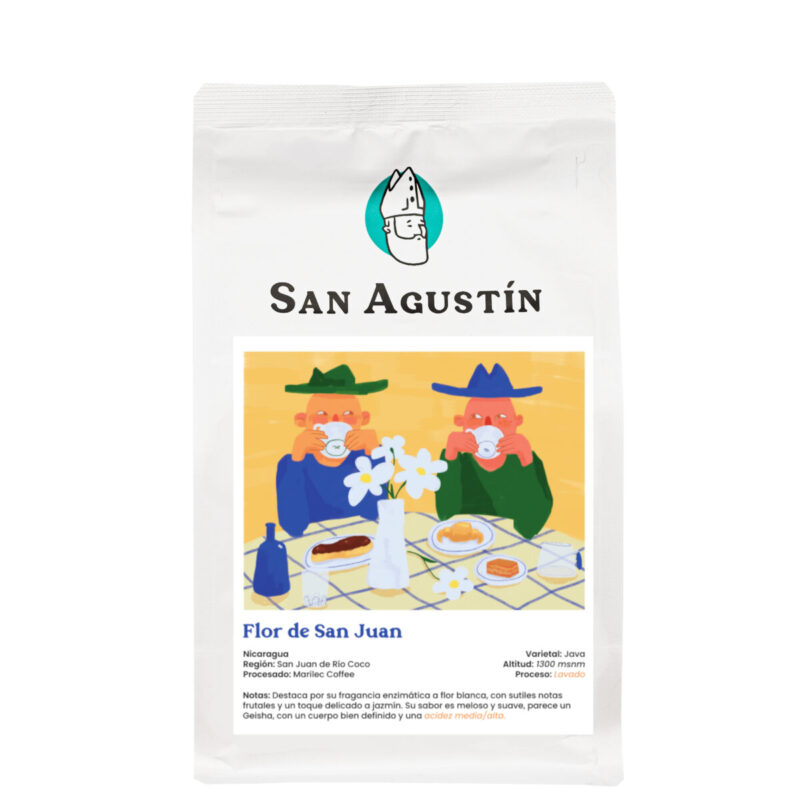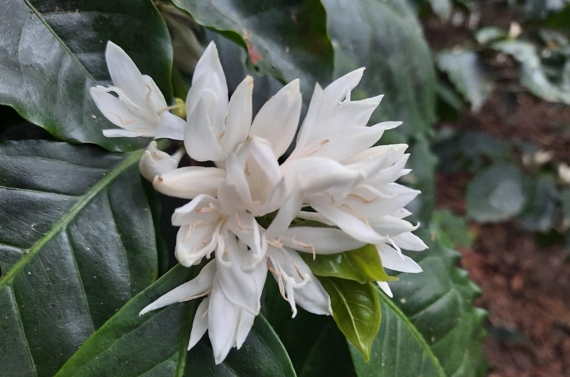Description
San Juan de Río Coco: Where Coffee Tradition and Sustainability Merge.
Nicaragua, located in the heart of Central America, plays a fundamental role in agriculture, excelling in the production of corn, beans, bananas, pineapples, and, of course, coffee. Although its precise origin in the country cannot be traced, it is believed that the first coffee plantations were introduced by Spanish Catholic missionaries in the 18th century.
The San Juan de Río Coco region, in the department of Madriz, has become particularly notable for its specialty coffee production. Thanks to its high altitudes, volcanic soils, and exceptional tropical climate, this region produces beans that have won over the palates of coffee lovers around the world.
The community of producers in San Juan de Río Coco is committed to environmental preservation. They have adopted sustainable and responsible agricultural practices, recognizing the importance of caring for natural resources and protecting the ecosystem where these precious grains are grown.
Prosecution.
Only cherries that are 100% ripe are harvested.
Then, water is siphoned from the cherries to separate the empty grains and any foreign matter.
Ripe cherries rest in ecotac bags with their respective cable ties for a total of 48 hours.
After this rest, the pulping and fermentation process begins, which varies from 12 to 20 hours depending on the climate of the area.
Subsequently, the washing process is carried out.
The grains are transferred to the dry mill for drying.
Finally, when they reach the optimal humidity in dry parchment, they are packaged in Ecotac bags and shipped.



